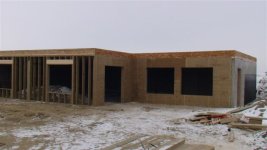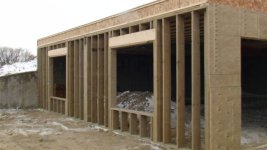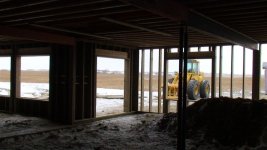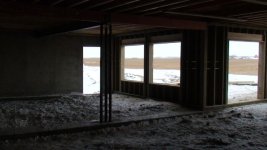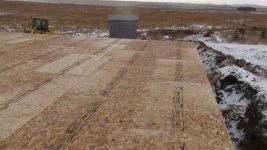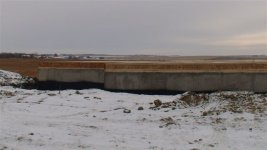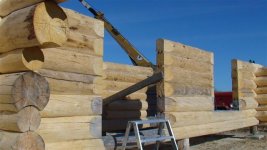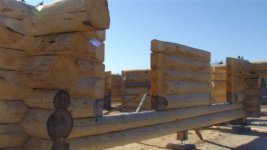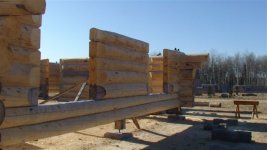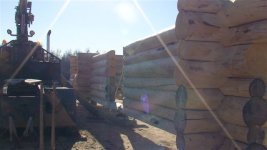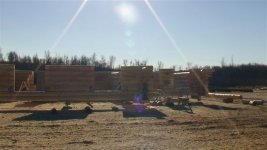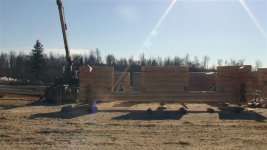patrick_g
Elite Member
3RRL said:Pat,
You should have turned that into an indoor swimming pool!
Hey, It isn't like I haven't heard that before
Lots of folks thought I was going to have an UNINTENTIONAL indoor swimming pool. You probably know the test you do for moisture in concrete before picking a floor or wall covering. I did the taped down square of plastic vapor barrier on outside walls and the floor slab and never got moisture not even a slight discoloration of the concrete so we were good to go with any floor or wall covering we wanted. I even put some porcelain tile down in part of the basement and that can't take hardly any moisture from the backside or it will pop loose.
When we excavated for the basement we had to dig a trench to let the accumulated ground water drain out or it would have been a swimming pool from the gitgo. I have pix of my wife beside big icecicles on the side of the excavation.
We used no membrane or painted on coatings or additives in the concrete. We did use a product called InsulDrain which is 4x8 sheets of 2 1/2 inch rigid foam with tongue and grove on the edges and a vertical and horizontal grid of channels on the side you turn out toward the back fill. The channel side os covered with a sheet of Tyvec filter cloth to keep the fines out of the channels. Any water in the back fill (gravel on bottom and sand on top) in contact with this insulation goes through the filter cloth into a channel and falls to the bottom where there is a 4 inch perforated drain pipe in washed septic gravel wrapped in geotextile. This pipe surrounds the basement at the level of the foundation and drains to daylight at a back yard pond. This drain and the two others have never stopped running clear water since their installation.
I have no sump or sump pump. There is a floor drain in the equipment room and it takes the condensate from the geothermal heat pump.
The only time water got in the basement is when I was settling the back fill sand with an engine driven 2 inch pump and got a little carried away and overflowed a spare hole in the wall sleeved with a plastic 2 inch conduit. Turned out we didn't need it as it has been plugged. The snap ties (part of the forming system) create channels for water to get through the wall but this only happed (just a little here and there) when I was at work with the pump turning the sand fill into a self compacting slurry.
I have had no water problems in the basement since the DIY pumping exercise during construction. This year set new records where we got more consecutive days of rain and more rain in the period than any other year since records have been kept. I had friends and relatives calling from out of state after they saw news coverage of Oklahoma floods to inquire about the basement. Absolutely dry. If ever there were to be a time for some basement moisture this was it.
The deal is that concrete will pass water under pressure even if it isn't cracked and most concrete has cracks even if they are very small. the InsulDrain product prevents a head of pressure by not allowing water to stand beside the wall. NO pressure, NO leaks.
Pat
